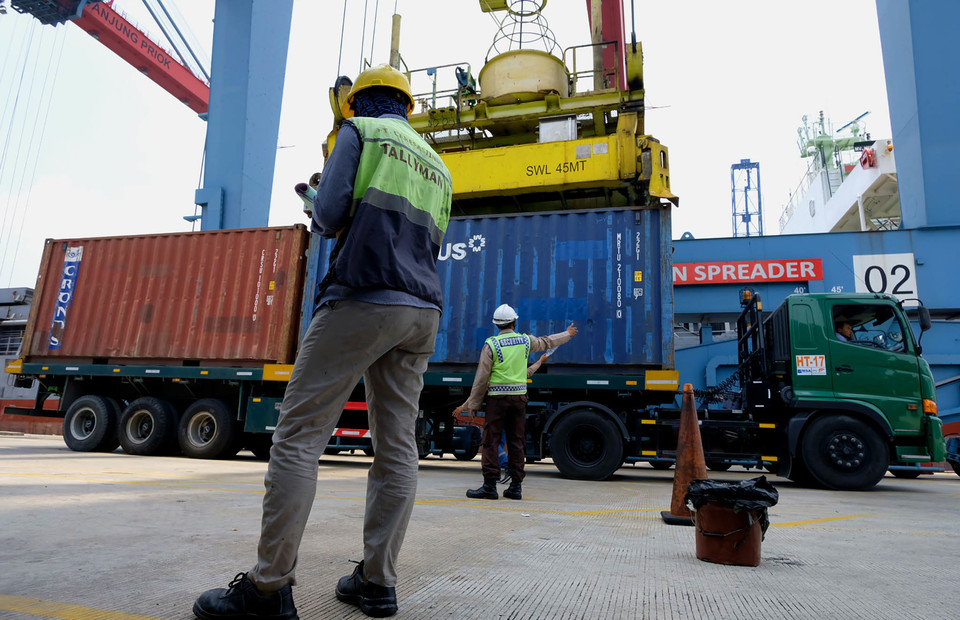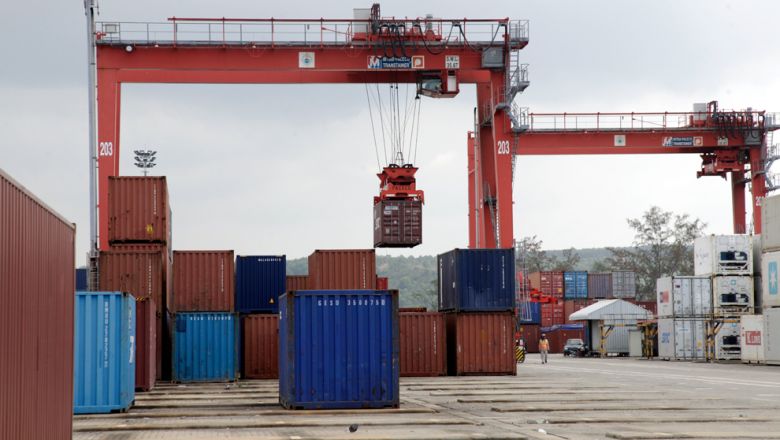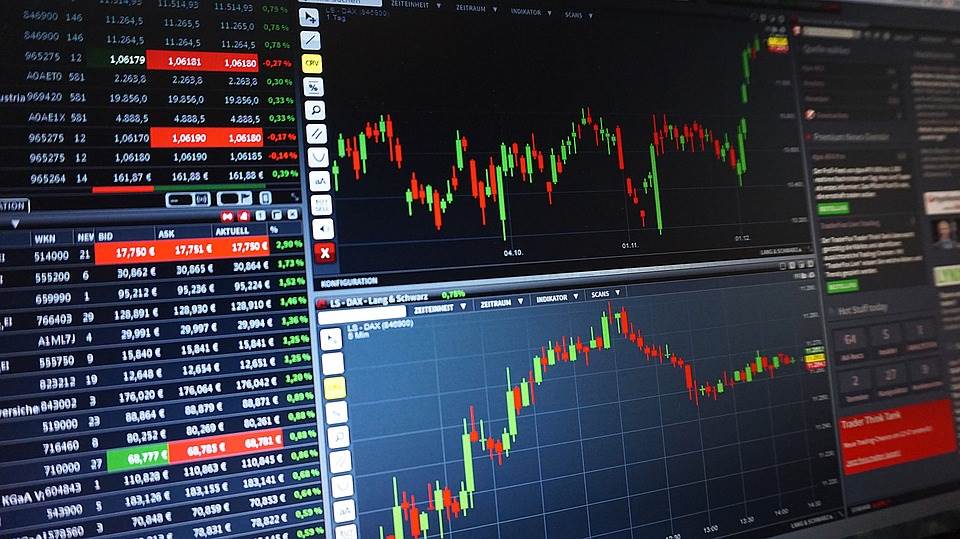According to Pao Jirakulpattana, vice president at Warburg Pincus Singapore, China is competing with many other emerging areas, including Vietnam.
“If you look at the investment flow on the global scale, although the flow is coming back to China in the global perspective as political tensions have arisen, ASEAN is becoming an attracting destination, including Vietnam,” Jirakulpattana said.
“Vietnam has done pretty well in receiving new investment flows. We highly appreciate the determination of the government to define which sectors should be the top priority. For example, the electronic and power sector will develop strongly in the next 10 to 15 years. Vietnam has started with intensive labour sectors. However, sustainable development must be more concentrated,” he added.
Jirakulpattana also expressed Vietnam’s disadvantages in capital and financial products. “We do not have an efficient approach for large-scale international investors yet, such as the Centre Group or chains from the Philippines,” he added.
Meanwhile, Bruno Jaspaert, general director at DEEP C Industrial Zones expressed that Vietnam should not directly compete with China, but must be different from China and attractive to investors.
“Vietnam has an effective economy but like many other countries, it has to improve its infrastructure system, to meet the increasing demand of the market,” Jaspaert said.
He expressed the trend is shifting from Taiwan and China where manufacturers are expanding their factories.
“Despite China remaining the biggest manufacturer base for a long time, Vietnam is at a very strong position,” he added.
Jaspaert expected that there would be a large investment movement if an expressway connecting China’s Shenzhen and Vietnam was built in the future.
Vietnam, moreover, needs to strengthen its competitiveness by improving policies and regulations, to be more supportive for investors and developers,” he said.
Bui Trang, general manager of Cushman & Wakefield Vietnam, also expressed that manufacturers from Singapore, the US, and the European community have been moving into the Vietnamese market.
“Real estate developers have been very well connected with banks and other financial solutions to raise capital for their businesses. However, they need to focus on long-term financial sources for sustainable development,” Trang said.
“Japan and South Korea are also very interested in the Vietnamese market. With many multinational trade agreements, billions of US dollars are waiting to come to Vietnam,” Trang said.
Regarding bottlenecks, skyrocketing land prices in some key areas led to higher costs for manufacturers. Meanwhile, although Vietnam has spent about 5.8 per cent of GDP on infrastructure development, it is still a long way from developing an integrated infrastructure network with a deep-sea port system, inter-regional highways, and waterways.
By Bich Ngoc
Source : Vietnam Investment Review
The domestic franchising sector sees growth accelerating this year with the influx of new breed of franchisees and the issuance of Executive Order 169 that seeks to protect micro small and medium enterprises (MSMEs) and promote entrepreneurship.
“As the economy opens up and more people return to invest in new opportunities, we see accelerated growth in franchising,” said Chris Lim, president of the Philippine Franchising Association (PFA).
The projected growth acceleration, he said, is driven by the realization of people of the need to diversify their income sources and a trend of people wanting to be their own boss and not have to go to an 8 to 5 job.
“We’ve also seen new breeds of franchisees coming in – from landlords who want to do more than just rent out their properties, to retrenched employees and business owners wanting to start over but not wanting to take on too much risk. They know franchising is a safer investment choice that’s why it has a 90 percent-plus success rate,” he said.
In addition, Lim said the issuance of EO 169 “Strengthening the Franchising Industry for the Protection of Micro, Small and Medium Enterprises” by President Rodrigo Duterte will further promote entrepreneurship.
“We, in PFA, have been ceaseless in our efforts to educate the public on wise franchise investment,” said PFA Chairman Sherill Quintana.
“Transparency in a franchisor’s business dealings is also a major feature of the Fair Franchising Standards (FFS), which is PFA’s code of ethics,” Lim added. The FFS serves as a guide to all PFA members – 70 percent of which are MSMEs – in how they conduct the sale of their business.
The essence of the EO is to protect franchisees and eliminate franchise scams,” said Quintana. The PFA, she said, will participate in the crafting of the EO’s IRR. “It will be critical to create practical IRR to ensure that it does not stifle the growth and innovation of the sector as was the experience of other countries that over-regulated their franchising sectors,” she said.
Both officials vowed to continue working with the national government as the implementing rules and regulation of the EO is being developed in order to continue advocating for the interests of MSMEs and ensure the growth of the franchise sector, which provides businesses opportunities and jobs for over two million Filipinos.
For her part, Philippine Chamber of Commerce and Industry Chairman Bing Limjoco said the EO will definitely strengthen franchising in the country. “MSMEs are now protected under the law against unscrupulous fly-by-night franchisors who took advantage of the franchising’s popularity for their self-gain,” said Limjoco, who is also vice-chairman of Francorp Philippines.
PFA also expressed gratitude to Secretary Ramon Lopez, Undersecretary Ruth Castillo and Assistant Secretary Ann Claire Cabochan for inviting PFA to be part of the process which drafted the said EO.
Under the EO, the DTI was tasked to create an MSME Registry of Franchise Agreements.
Source: Manila Bulletin
Thai Airways International Public Company Limited (THAI) and Siam Piwat Company Limited joined the global premium business ecosystem by introducing THAI products and services on ONESIAM SuperApp and in Siam Piwat department stores, Luxury Lifestyle Destinations which would connect the customer journey to fulfill THAI and Siam Piwat customers’ lifestyle. Furthermore, customers will receive privileges all year round.
Kittiphong Sansomboon, THAI Director of Customer & Marketing Department said “The collaboration between THAI and Siam Piwat will offer our ROP members with privileged experiences through creative innovations. The special services and marketing promotion under this campaign are a part of THAI ROP Exclusive Offers project that focuses on partnership with business alliances to enhance air travel experiences at every contact point of our customers’ journey. In addition to this campaign, ROP members shall earn further privileges in upcoming offers under the project.”
Panthep Nilasinthop, Chief Customer Officer of Siam Piwat, said “Siam Piwat focuses on strengthening our world class and premium business ecosystem. We create and deliver new experiences both in the actual and the virtual world. Our goal is to be customers’ top-of-mind for local and international shoppers. Over a period of time, we have successfully built a strong partnership network that incorporates leading business alliances in Thailand and internationally, as part of our ‘Collaboration to Win’ strategy. The synergy spans over businesses in more than 13 industries that together join force to further strengthen this successful ecosystem that present limitless opportunities.
As a ‘Luxury Lifestyle Destination,’ every ONESIAM platform and retail premises will offer our target shoppers the right products and services that caters to their needs. Based on our collected data of consumer behaviors, especially on the close look on their lifestyle, we have found that our customers are keen travelers and always have a trip or more planned. The collaboration between Siam Piwat and THAI is formed to bring the best of both business leaders to customers. In addition, the collaboration syncs both companies’ customer databases which allows an even better customer journey that shoppers can experience anytime, anywhere at ONESIAM SuperApp.
Content features photos and stories of tourism attractions around the world stimulating travel demands and enhancing personal experiences.
Royal Orchid Plus (ROP) offers special privileges through ONESIAM SuperApp for members who receive ONESIAM membership status together with 150 VIZ Coins (10,000 entitlements) to use for online shopping and at shops in the department store (terms and conditions apply). Many more discounts from branded stores will be offered throughout the year.
THAI Shop will provide a variety of THAI products through ONESIAM SuperApp where customers may conveniently surf and go online shopping.
In addition, customers will find it even more convenient to purchase air tickets online via ONESIAM SuperApp. The service will soon be available.
The multi-faceted collaboration between THAI and Siam Piwat is a synergy of two business leaders that brings limitless opportunities. The two parties together create and deliver top-level experiences to customers of both companies. This is an ideal Co-Creation that paves ways to new opportunities and new growth engine, opens doors to more business opportunities and leverages the level of competitiveness in the industry. The exchange of knowledge and know how effectively supports business growth, the expansion of existing customers and reaching to new customers.
Sourse : The Nation Thailand
Cambodia and Singapore have pledged to step up cooperation to bolster bilateral trade, after registering more than $5.2 billion last year, marking a nearly 50 per cent jump over 2020.
The commitment was made at a bilateral meeting on May 18 between Minister of Commerce Pan Sorasak and his Singaporean counterpart Gan Kim Yong in Bali, Indonesia.
Sorasak took the occasion to thank Gan for the Singaporean Ministry of Commerce and Industry’s support for Cambodia’s ASEAN chairmanship, pledging to work hard to spur bilateral trade.
“We are committed to continuing cooperation to bolster bilateral trade between Cambodia and Singapore, taking it to greater heights,” he said.
Both sides agreed to arrange an event soon in Singapore for stakeholders to share experiences and explore key areas of interest further in-depth, in hopes of improving the capacity of the private sector, especially Cambodia-based micro, small- and medium-sized enterprises (MSME).
Hong Vanak, director of International Economics at the Royal Academy of Cambodia, suggested that the success of international trade hinges on the export portfolios of each country, adding that expansions in networks of business relationships correlate to more and stronger benefits.
Given its proximity to Cambodia and deep-sea ports, forging deeper relations with Singapore will improve freight transportation from Cambodia to the world, he said.
For full article, please read here
Author: Hin Pisei
Source: The Phnom Penh Post
Thai stocks extended losses on Monday as investors worry strong US jobs reports and the prolonged Russia-Ukraine war will drive the Federal Reserve to move with more aggressive and quicker rate hikes to fight inflation. The markets expect the war will keep energy prices high, making it more challenging for central banks globally to control inflation while the global economy slows.
Global stock markets on Monday continued to fall from the week before. The Nikkei 225 opened at 26,705.32, down 298.24, or 1.1%, while the SSE Composite Index opened at 2,990.20, down 11.36. or 0.37%. The Hong Kong stock markets were closed for a public holiday. According to Dow Jones market data, the Dow Jones Index fell for the sixth straight week, while the Nasdaq closed at its lowest level since 2020. The S&P500 Index also fell for the fifth straight week, the longest stretch since the second quarter of 2011.
The SET Index on Monday closed at 1,604.49, down 25.09 points or 1.54%, with trading worth 81.6 billion baht. Veeravat Virochpoka, vice-president of Finansia Syrus Securities, said investors are worried that the strong US job numbers will drive the Fed to accelerate interest rate hikes. Traders expect the Fed to raise interest rates by 0.75 percentage points at the next meeting, although Fed chairman Jerome Powell has denied it.
He said inflation could rise further due to the protracted war because long-term energy bans on Russia have failed to deter Russia from attacking Ukraine while oil prices keep rising. He said if the core inflation rate rises to 3-4%, the Bank of Thailand (BoT) may decide to raise interest rate by a quarter of a percentage point this year from 0.5% to 0.75%. However, the central bank will also take domestic economic conditions into consideration when deciding whether or not to raise the interest rate, Mr Veeravat said.
Prospects of rate hikes and monetary policy tightening amid high inflation usually drive investors to offload risky assets such as stocks and cryptocurrencies, resulting in price drops, he said. Mr Veeravat said the SET Index may fall below 1,600 points, and the next support level would be 1,570 points. For investment strategy in the short term, Finansia recommends consumer and hospital stocks.
Bitcoin dropped below US$34,000 on Monday to its lowest level in four months. Cryptocurrency will recover when inflation is lower and the economy recovers, he said. "The factors that worry investors the most are inflation and the war. We suggest holding more cash and waiting to invest during a period of market correction," Mr Veeravat said.
Sourse : Bangkok Post
The retail price of diesel in Greater Bangkok will remain capped at 32 baht per litre, as the government has tried to continue its energy subsidy measures to help alleviate people's hardship and reduce their cost of living. According to the director of the Oil Fuel Fund Office (Offo), Wisak Watanasap, the board on Monday agreed to continue capping the retail diesel price at 32 baht per litre for another week.
The government earlier decided to allow the price of diesel, which had been capped since October 2021, to gradually increase starting from early this month, with the price expected to increase to 33 baht per litre as of Monday morning. Mr Wisak said the Offo is scheduled to reassess the direction of the retail diesel price this Friday.
The actual retail price of diesel is now quoted at 43.5 baht per litre in Greater Bangkok including tax and levy collection. According to Offo, the state diesel subsidy has now risen to 11.35 baht per litre from 9.55 baht per litre a week ago and from 9.57 baht per litre two weeks ago, as global oil prices rise.
As of Sunday, the Oil Fuel Fund, which provides the subsidy, was 66.6 billion baht in the red, 33.2 billion baht of which was for oil and 33.4 billion baht of which was for cooking gas. Mr Wisak said Offo is also accelerating obtaining a 20-billion-baht loan, possibly by June, to maintain the fund's liquidity.
State-run Government Savings Bank and Krungthai Bank are on Offo's shortlist as potential loan providers. Last month, the cabinet approved an additional loan of 10 billion baht on top of a former loan to keep the fund operational.
Mr Wisak said that global oil prices traditionally decline after the end of the winter season, but they are still on the rise due to the protracted Russia-Ukraine war. The Oil Fuel Fund currently spends a combined 860 billion baht per day to subside energy prices, 781 million baht of which is used to subsidise oil prices and 78.8 billion for the LPG price subsidy.
Wattanapong Kurovat, director-general of the Energy Policy and Planning Office, said energy authorities are expected to discuss the possibility of lowering the content of methyl ester (ME), also known as purified biodiesel (B100), in biodiesel from 5% or 5 baht now. Costly ME is now quoted at 62.74 baht per litre, doubling the diesel prices. Every 1% reduction in ME content in diesel could lower the retail price by 0.25 baht per litre.
The new proportion of ME content in diesel will not be confirmed until this Friday. Deputy Prime Minister and Energy Minister Supattanapong Punmeechaow said the authorities are planning to lower electricity tariffs by adding up long-term contract purchases of liquefied natural gas from costly purchases in the spot market.
Sourse : Bangkok Post

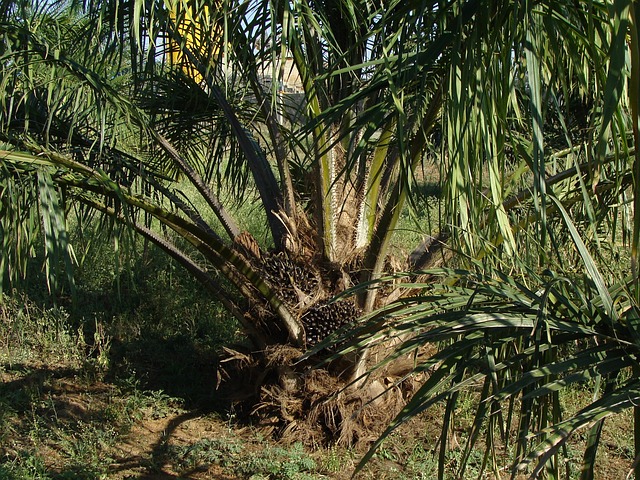

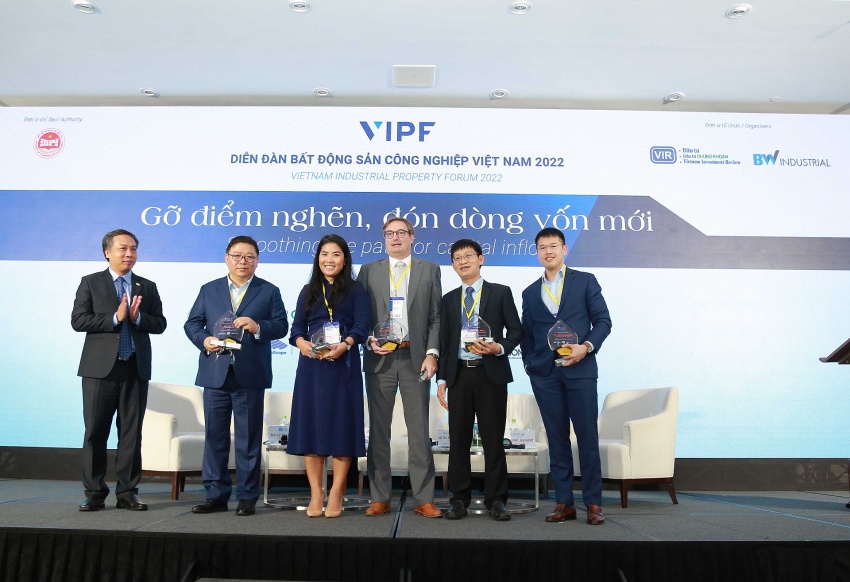
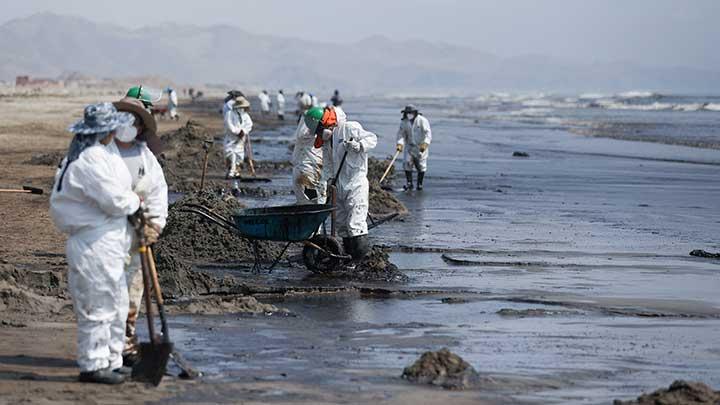


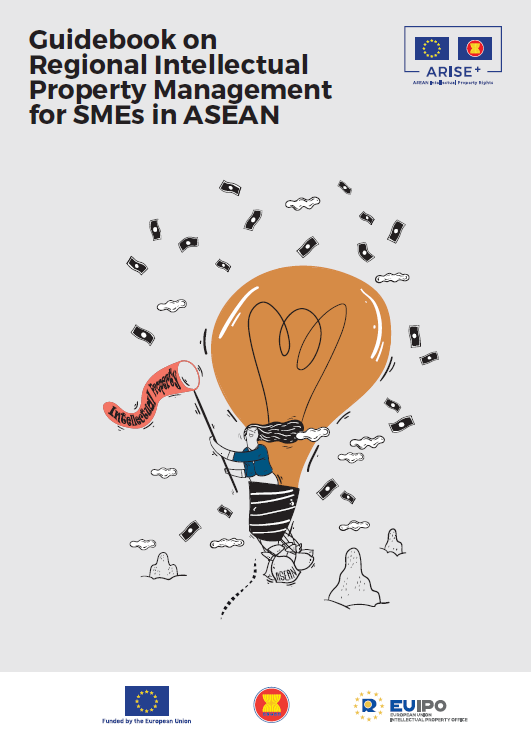
_d_850.jpg)
